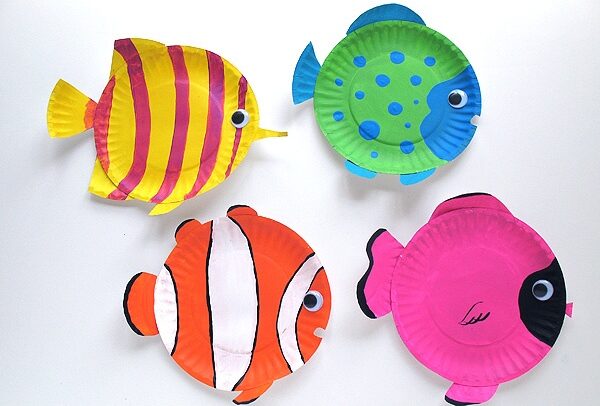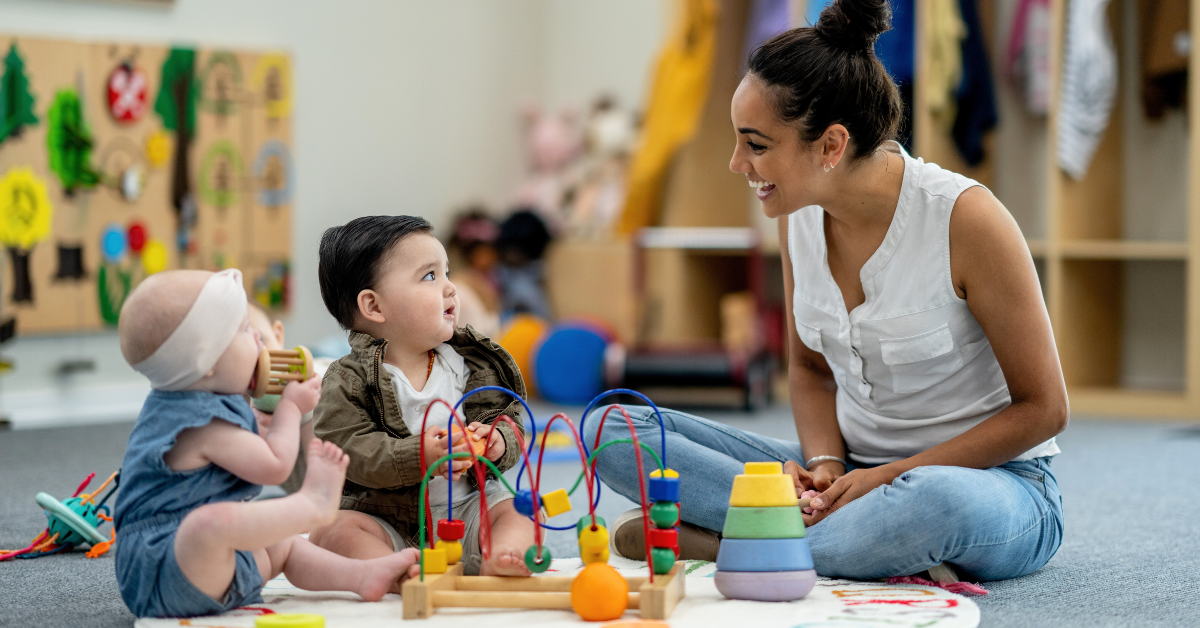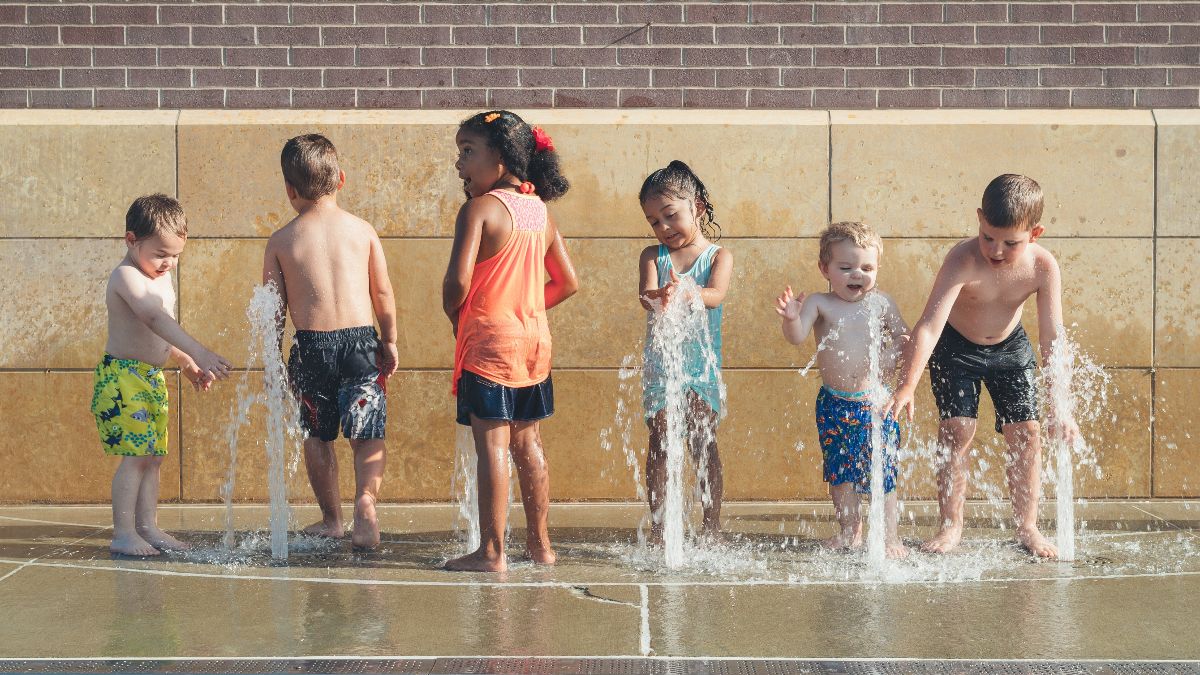5 Ways to Teach Kids the Value of Volunteering
By Mark Palm Parents today face an uphill battle when it comes to getting their kids interested in doing anything besides burying their faces in the screen of a phone
By Mark Palm Parents today face an uphill battle when it comes to getting their kids interested in doing anything besides burying their faces in the screen of a phone
By Dawn Van Osdell Researchers at Imperial College London have proven that there’s no need for pregnant women to “eat for two,” because their bodies adapt to absorb more energy
By Dawn Van Osdell Fourth-grader Michael Shaw* tried out and earned a spot on a local U10 boys soccer team, giving him a chance to improve his game and compete
By Dawn Van Osdell Every parent has tip-toed away from a nearly sleeping baby after using all the tricks in our arsenal to sooth him. Turns out, these shenanigans might
By Gina Ciagne Congratulations! You’re a mom who’s heading back to work, breast pump packed, after a few weeks or months spent at home with your newborn. Here are some tips
By Mary Pulido, Ph.D. Parenting is the biggest responsibility you will ever undertake as an adult. Why didn’t someone tell you it would sometimes mean you’d feel old before your
By Meghan Khaitan, MyBuckleMate.com Pretty much every family takes a road trip by car with their kids during the holidays. And whether those kids are toddlers or teens, the actual
No matter how sophisticated your palate or how much you appreciate good food and proper nutrition, you may be or may become the parent of a picky eater. Feeding
Giving thanks and helping others isn’t just for Thanksgiving Day. You can incorporate simple, daily ways to instill and cultivate in your kids a sense of gratitude and a readiness to
Teething can be a difficult time for both babies and their caregivers. You can help a little one through the process by knowing what to expect, how to spot the
Find background checked sitters, nannies & caregivers.
Looking for flexible, rewarding jobs?





Deciding how much to pay a house sitter while you’re traveling? In this guide, we’ll explore house sitting prices, going sitter rates (with or without

When it’s too hot to play outside, bring the kids to the table for some fun, attention-grabbing summer crafts that make the most of rocks,

Big news! UrbanSitter is growing to serve families even better. We’re excited to announce that Kinside, the most comprehensive platform for finding and securing daycare

Trying to figure out your child care options for summer? Maybe you’re wondering how to plan child care around a summer trip or weekly camps.